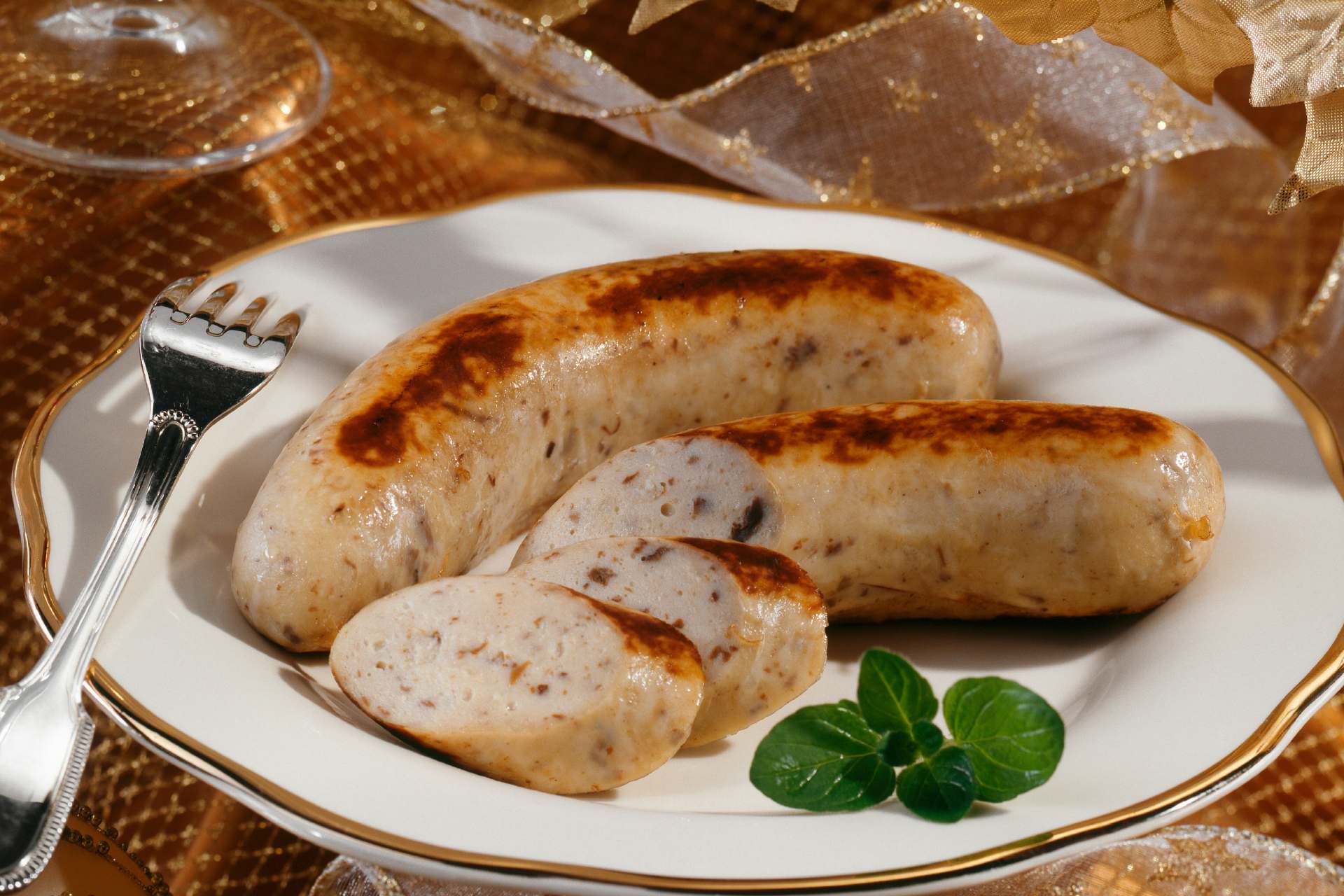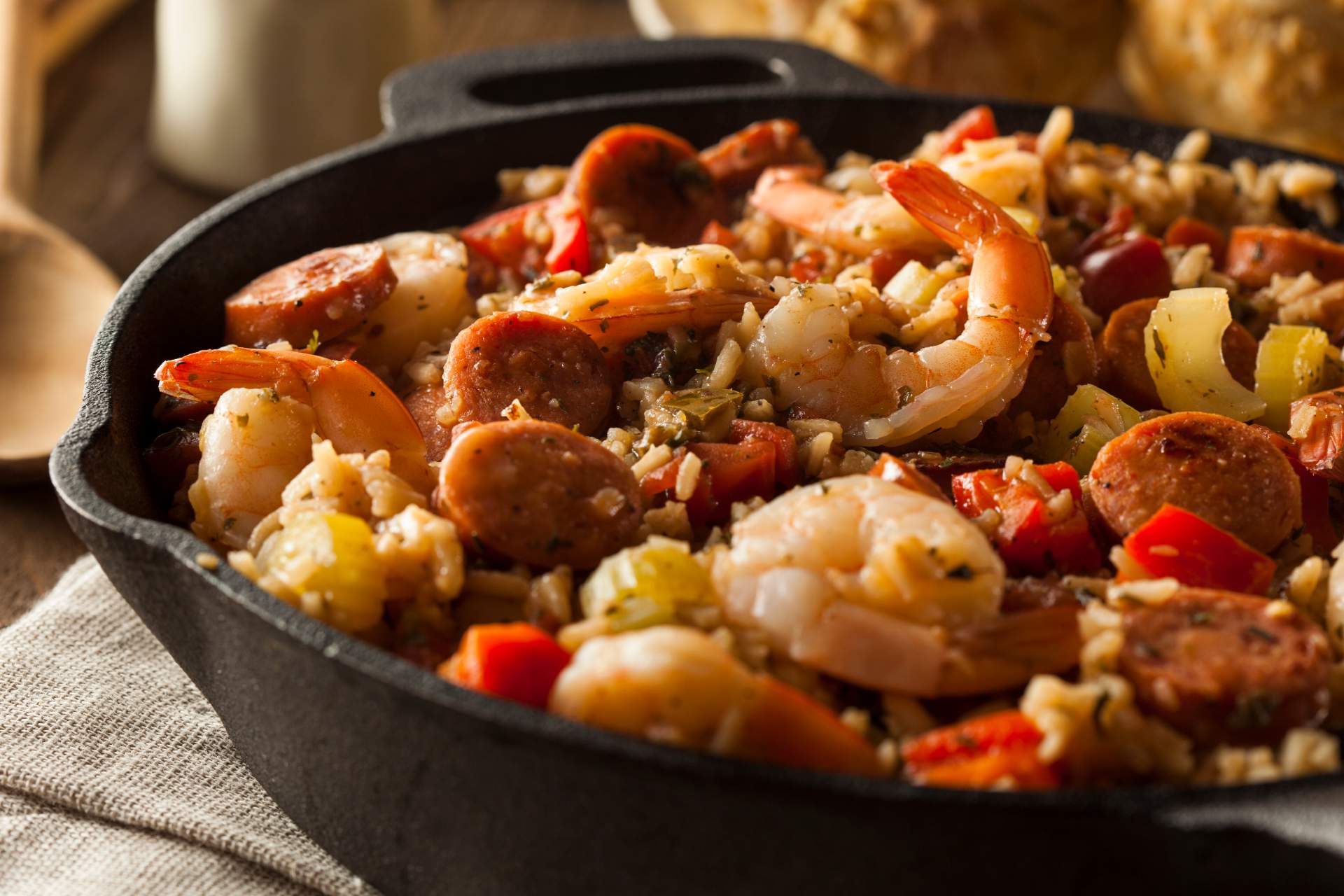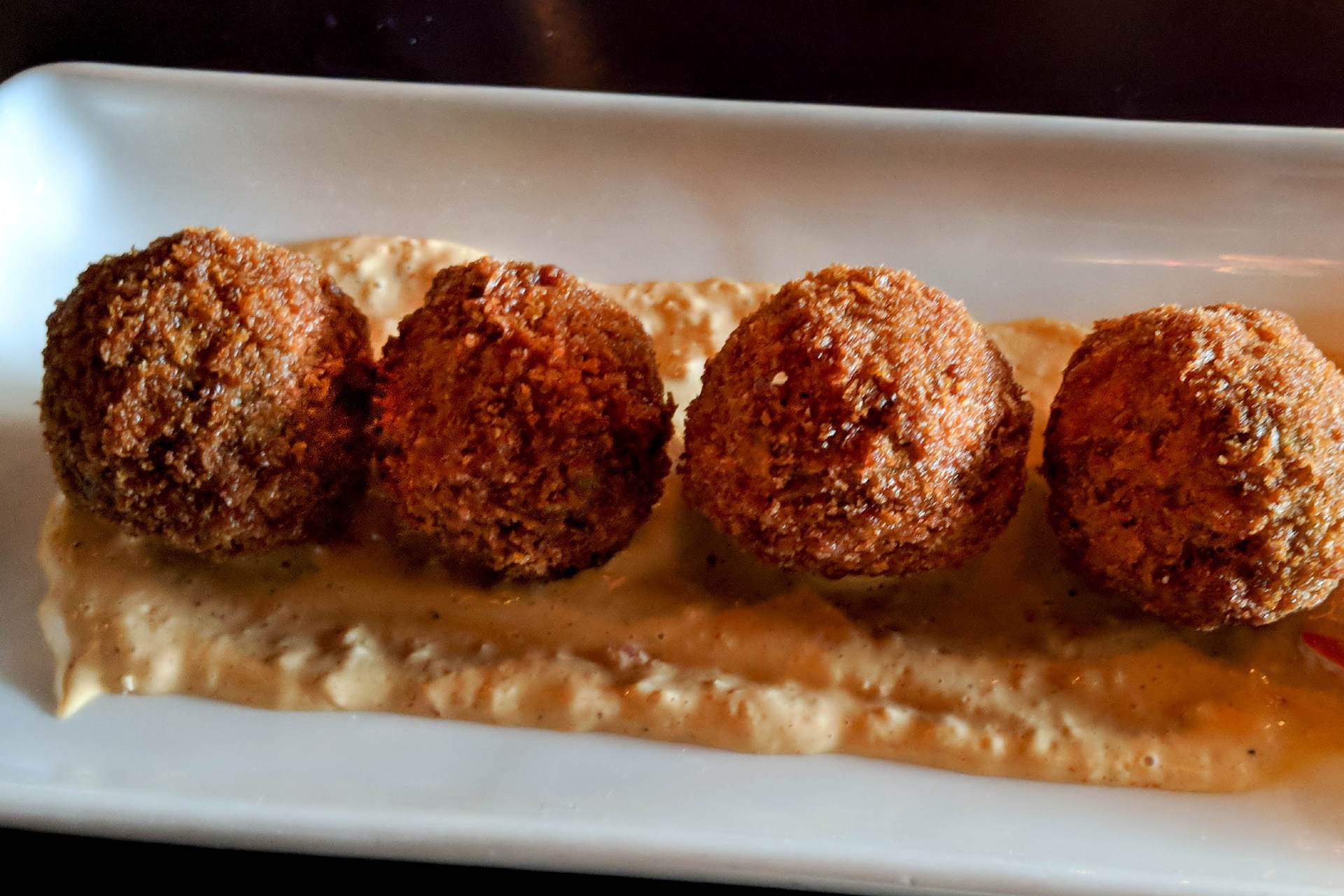Louisiana is a state with a fascinating blend of cultures and historical influences, so it’s no surprise that it’s home to one of the richest culinary traditions in all of the United States: Cajun food. Cajun cuisine traces its history back to the Acadians, French settlers who were deported from Canada and ended up in modern-day Louisiana. Over time, their cooking techniques came to incorporate influences from West Africa, Spain, and the Caribbean, but their French traditions remained strong. One famous Cajun dish with obvious French descent is Boudin sausage. While it is a French word used to refer to any number of different sausages, in Louisiana, Boudin is a pre-cooked sausage made from ground pork meat, vegetables, and cooked rice, which is then generously spiced and stuffed into a sausage casing. Over the years, it has become a classic Cajun fast food.
In addition to being served in sausage form, the boudin mix is sometimes also formed into balls and fried for what are, sensibly enough, known as boudin balls. Although the casing is made from pig intestine and is thus edible, many people choose not to eat it since it can be quite tough and chewy. At the same time, the filling is usually packed into a boudin less tightly than with other types of sausage, which makes it easier to get out of the casing if you want to avoid it.
Boudin is popular throughout Louisiana but its true heartland is in the south of the state, where it truly is a part of everyday life. In fact, the Visitors Bureau of the city of Lake Charles in southwestern Louisiana has even put together a map of the 'Boudin Trail', guiding curious foodies and locals alike to the region’s best local variations. There have historically been two types of boudin found in southern Louisiana, boudin rouge (which includes pig’s blood) and boudin blanc (which doesn’t). These days, though, the former variety is hard to find and most boudin will be a variety of boudin blanc. That said, there are plenty of riffs on a boudin, including versions with shrimp, duck, rabbit, or even alligator meat replacing the pork in the sausage. Elsewhere, bread or cornbread is substituted for the rice when pre-cooking the sausage mix.











